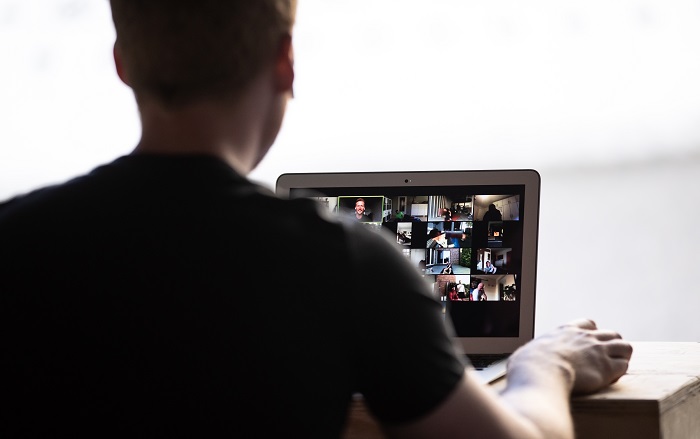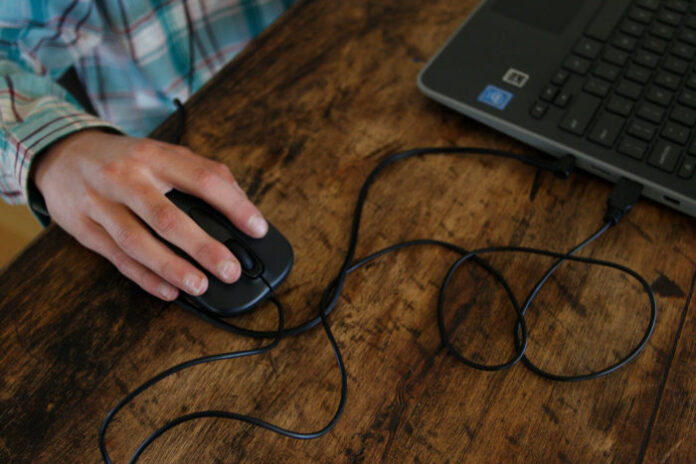
In 2020, changes have been flying at the workforce, quickly and unyieldingly: an overnight shift to remote work, evolving leadership models, enhanced safety policies, economic turmoil, new ways of communicating. You name it, and it seems like it’s changed this year.
While some HR and business leaders may be trying to tamp down the number of changes their employees have to grapple with, experts say that now is actually the best time to keep the changes coming.
“When life and the structures around life are changing, that’s a time actually to form new habits, to change how you’re doing things,” Dr. Elliot Berkman, associate professor of psychology at the University of Oregon, said during the virtual NeuroLeadership Summit, hosted this week by the NeuroLeadership Institute.
Dr. David Rock, co-founder and CEO of NLI, pointed to the progress so many organizations made so quickly this year.
Related: Managing change, both at work and at home
NLI estimates that, prior to the pandemic, the sharp increase in remote work we’ve seen would have been predicted to take about 450 days; in reality, on average, it took 10. Similarly, learning how to respond to changing customer needs was estimated to be a more than 500-day project, which most companies tackled in three weeks. Utilizing advanced technology for decision business-making, Rock added, could have taken 635 days but most were adept by 25 days.
“No one could have imagined those things were possible,” he said. “So, what else are we not imagining correctly?”
That’s a question that employees may have. In its recent research, NLI found that employees said their organizations haven’t actually changed enough this year. Rock said that, of the 275 employees surveyed, only 30% felt that their organization’s change efforts have been successful.
Nearly half of employees felt that they personally would know what to do differently within the organization to create sustainable change. Simultaneously, just one-third saw their leaders as role models for change.
Where’s the disconnect? Rock cited a three-step model of scalable change: priorities, habits, systems. The first refers to the “why” behind an organization change, which must then be supported by repeated attention to the behaviors that enable that change, and followed by widespread efforts to support or inhibit habits.
“Habits are so contextualized,” Berkman said, “that when you’re in a new context and things around you are shifting, there is a window of opportunity to create new habits and create multiple moving parts at the same time.”
See also: These are the ‘revolutionary changes’ coming HR’s way
But many organizations get stuck in the “priority” stage and fail to follow through. Especially now, many leaders and employees are suffering from “change fatigue,” Berkman said.
“In an environment that is already shifting, it is very tiring, but I still see this as an opportunity,” he said.
He advised leaders to focus not on changing employee habits, but rather on helping them form new habits.
Dr. Andrea Derler, director of industry research at NLI, said there are three conditions that support formation of new habits.
First, focus on creating experiences where people have a strong moment of insight about the need for the habit; this can be facilitated by classroom learning or more informally through pointed questions, videos, text messages or even memes. When such insights are conveyed in social settings–where there’s strong, positive social pressure–individuals are more likely to store it in a more robust memory network to access later. And, focus on building one habit at a time–over time.
With this approach, everyone can “tap into something our brain is really good at: creating new habits,” Decker said. “It’s getting rid of old habits that’s really difficult.”



